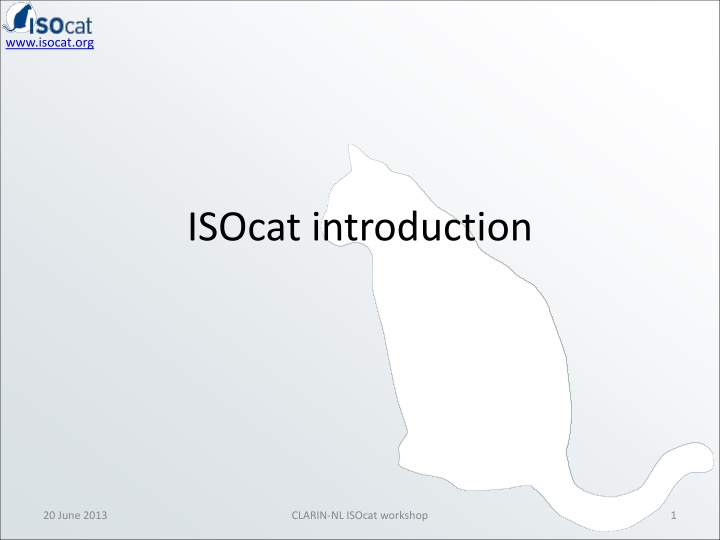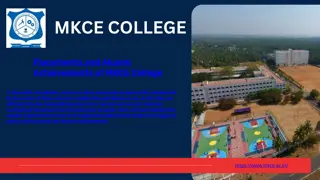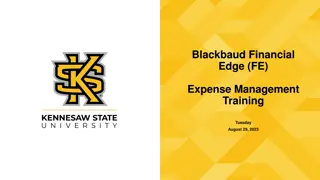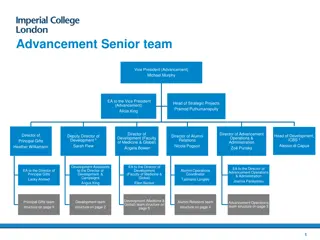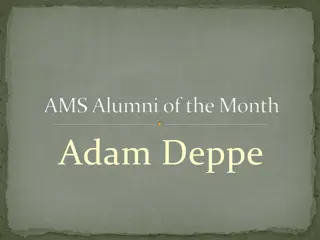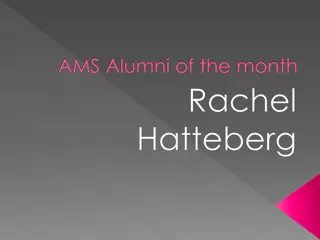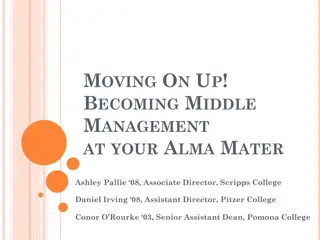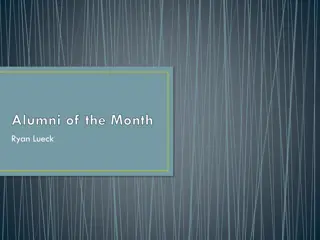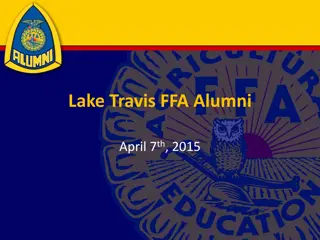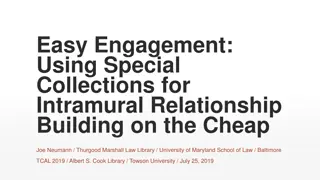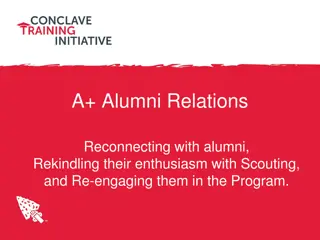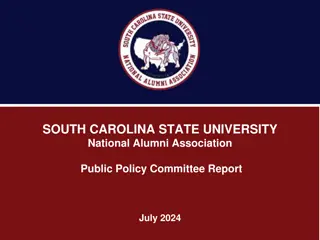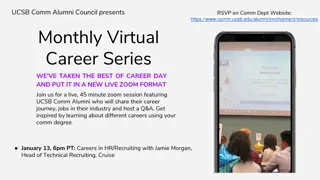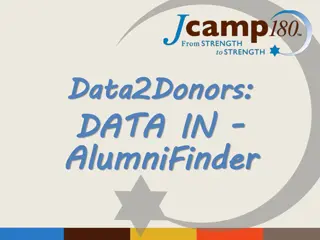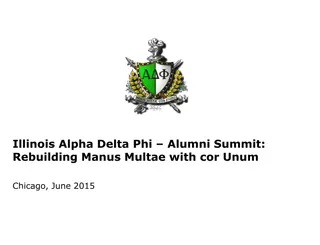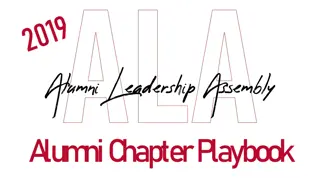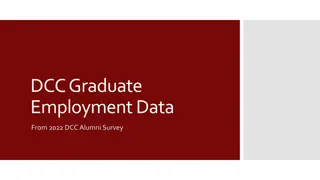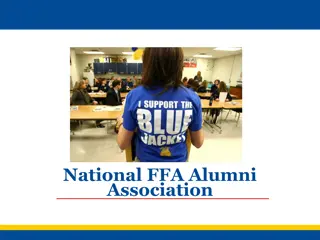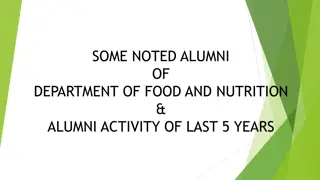Your Business School Alumni Network
Connect with over 25,000 fellow Business School graduates across 139 countries. Benefit from career support, discounts, and access to a global professional network. Engage with students, provide insights, and give back to your alma mater. Join the vibrant Newcastle University Alumni Community today!
Download Presentation

Please find below an Image/Link to download the presentation.
The content on the website is provided AS IS for your information and personal use only. It may not be sold, licensed, or shared on other websites without obtaining consent from the author.If you encounter any issues during the download, it is possible that the publisher has removed the file from their server.
You are allowed to download the files provided on this website for personal or commercial use, subject to the condition that they are used lawfully. All files are the property of their respective owners.
The content on the website is provided AS IS for your information and personal use only. It may not be sold, licensed, or shared on other websites without obtaining consent from the author.
E N D
Presentation Transcript
www.isocat.org ISOcat introduction 20 June 2013 CLARIN-NL ISOcat workshop 1
www.isocat.org ISOcat: a Data Category Registry An implementation of ISO 12620:2009 Terminology and other content and language resources Specification of data categories and management of a Data Category Registry for language resources Successor to ISO 12620:1999 which contained a hardcoded list of Data Categories A data category is the result of the specification of a given data field an elementary descriptor in a linguistic structure or an annotation scheme 20 June 2013 CLARIN-NL ISOcat workshop 2
www.isocat.org What is a Data Category? The result of the specification of a given data field A data category is an elementary descriptor in a linguistic structure or an annotation scheme. Specification consists of 3 main parts: Administrative part Administration and identification Descriptive part Documentation in various working languages Linguistic part Conceptual domain(s for various object languages) 20 June 2013 CLARIN-NL ISOcat workshop 3
www.isocat.org Data Category example Data category: /grammatical gender/ Administrative part: Identifier: grammaticalGender PID: http://www.isocat.org/datcat/DC-1297 Descriptive part: English definition: Category based on (depending on languages) the natural distinction between sex and formal criteria. French definition: Cat gorie fond e (selon la langue) sur la distinction naturelle entre les sexes ou d'autres crit res formels. Linguistic part: Morphosyntax conceptual domain: /masculine/, /feminine/, /neuter/ French conceptual domain: /masculine/, /feminine/ 20 June 2013 CLARIN-NL ISOcat workshop 4
www.isocat.org Data Category types complex: open constrained closed grammaticalGender writtenForm email string string string Constraint: .+@.+ neuter feminine simple: masculine 20 June 2013 CLARIN-NL ISOcat workshop 5
www.isocat.org Data Category types container: lexicon language entry alphabet japanese ipa lemma writtenForm 20 June 2013 CLARIN-NL ISOcat workshop 6
www.isocat.org Which type to use? Which type is appropriate depends on the place of the data category in the structure of your resource: 1. Can it have a value? Complex Data Category with an data type Any of the values of the data type? Open Data Category Can you enumerate the values? Closed Data Category Fill its value domain with simple Data Categories Is there a rule to constrain the values? Constrained Data Category Express the rule/constraint in one of the rule languages 2. Is it a value? Simple Data Category 3. Does it group other (container or complex) Data Categories? Container Data Categories If a Data Category both has a value and groups Data Categories Complex Data Category 20 June 2013 CLARIN-NL ISOcat workshop 7
www.isocat.org Some examples N(soort,mv,basis) S CGN tag category noun phrase NP VP number singular PoS NTYPE GETAL GRAAD Text= John agreement V NP person third N soort mv basis Text= hit Det N /category/ a closed DC /noun phrase/ a simple DC /agreement/ a container DC /number/ a closed DC /singular/ a simple DC /person/ a closed DC /third/ a simple DC (Encoded as TEI P5 FSR the XML elements and attributes are seen as syntactic sugar) /CGN tag/ a constrained DC (The constraint is specified as an EBNF, which refers to the following DCs) /PoS/ a closed DC /N/ a simple DC /NTYPE/ a closed DC /soort/ a simple DC /GETAL/ a closed DC /mv/ a simple DC /GRAAD/ a closed DC /basis/ a simple DC Text= the Text= ball /S/ a container DC /NP/ an open DC /VP/ a container DC /V/ an open DC /NP/ a container DC /Det/ an open DC /N/ an open DC (Text= is seen as syntactic sugar) 20 June 2013 CLARIN-NL ISOcat workshop 8
www.isocat.org Data Category relationships Value domain membership Subsumption relationships between simple data categories (legacy) Relationships between complex/container data categories are not stored in the DCR partOfSpeech string pronoun personal pronoun 20 June 2013 CLARIN-NL ISOcat workshop 9
www.isocat.org No ontological relationships? Rationale: Relation types and modeling strategies for a given data category may differ from application to application; Motivation to agree on relation and modeling strategies will be stronger at individual application level; Integration of multiple relation structures in DCR itself could lead to endless ontological clutter. Solution under development: RELcat a Relation Registry 20 June 2013 CLARIN-NL ISOcat workshop 10
www.isocat.org How can you use Data Categories? wordOrder grammaticalGender lexicon Language BWO genders Lexicon lexicalEntry 1..* A (schema for a) typological database Lexical Entry partOfSpeech lemma writtenForm Lemma 1..* 0..* Form Sense writtenForm 0..* Word Form grammaticalGender lexicalType wordForm A (schema for a) lexicon 20 June 2013 CLARIN-NL ISOcat workshop 11
www.isocat.org What is a Data Category Registry? A (coherent) set of Data Categories, in our case for linguistic resources A system to manage this set: Create and edit Data Categories Share Data Categories, e.g., resolve PID references Standardize Data Categories www.isocat.org Grass roots approach 20 June 2013 CLARIN-NL ISOcat workshop 12
www.isocat.org Standardization Decision Group Submission group Thematic Domain Group Data Category Registry Board Stewardship group Evaluation Validation rejected rejected Publication 20 June 2013 CLARIN-NL ISOcat workshop 13
www.isocat.org How can you use a Data Category Registry? You can: Find Data Categories relevant for your resources and embed references to them so the semantics of (parts of) your resources are made explicit This can be supported by tools you use, e.g., ELAN, LEXUS and the CMDI Component Editor directly interact with ISOcat Interact with Data Category owners to improve (the coverage of) their Data Categories Create (together with others) new Data Categories and/or selections needed for your resources and share those (Submit (your) Data Categories for standardization) De facto standardization by a community, e.g., CLARIN-NL/VL Free of charge Grass roots approach CLARIN-NL: interaction via Ineke 20 June 2013 CLARIN-NL ISOcat workshop 14
www.isocat.org ISOcat and CLARIN(-NL/VL): general remarks 20 June 2013 CLARIN-NL ISOcat workshop 15
www.isocat.org Importance of ISOcat Collaboration Human, machine, language x, language y Essential in CLARIN, but Impossible when we don t know (exactly) what we are talking about! - Transitive verb transitief werkwoord - Transitief werkwoord overgankelijk werkwoord 20 June 2013 CLARIN-NL ISOcat workshop 16
www.isocat.org Importance of ISOcat ISOcat: Provides us with a framework to make such things clear (is X the same as Y, does A use it the same way) At least, that is the intention, ISOcat still being under construction Today s sessions: How to work with ISOcat Which other cats do we have at the moment The future 20 June 2013 CLARIN-NL ISOcat workshop 17
www.isocat.org CLARIN-NL (and VL) and ISOcat There are some 60 projects dealing with ISOcat in some sense (sometimes only metadata (CMDI)) 55 Netherlands 5 Flanders 1 NL/VL pilot Of course, that is not the main focus of these projects, but still A lot of ISOcat work needs to be done! 20 June 2013 CLARIN-NL ISOcat workshop 18
www.isocat.org CLARIN-NL (and VL) and ISOcat At least of TTNWW (the pilot) one of the explicit goals is to signal problems and to try to remedy them (for our own good, and that of CLARIN as a whole) In that respect, we do have some success Several larger and smaller issues are already being remedied 20 June 2013 CLARIN-NL ISOcat workshop 19
www.isocat.org CLARIN-NL (and VL) and ISOcat Many (Dutch) projects working on ISOcat issues, plus those of other national CLARINs same concepts ? same problems ? very likely 20 June 2013 CLARIN-NL ISOcat workshop 20
www.isocat.org Collaboration necessary National (Dutch) level Coordinated effort Shared workspace under shared (VIEW) USE IT Plus discussion platform Report problems to me (Ineke) International level We will try to collaborate with them as well 20 June 2013 CLARIN-NL ISOcat workshop 21
www.isocat.org Collaboration (1) 20 June 2013 CLARIN-NL ISOcat workshop 22
www.isocat.org Collaboration (2) VIEW FORUM 20 June 2013 CLARIN-NL ISOcat workshop 23
www.isocat.org View Searches are done in our own part of ISOcat Try to reuse what is already contained in it If necessary, go to the full ISOcat to reuse something available there ( house icon) Last resort: make a new DC 20 June 2013 CLARIN-NL ISOcat workshop 24
www.isocat.org FORUM - All kinds of information for CLARIN NL/VL - Regular updates ! 20 June 2013 CLARIN-NL ISOcat workshop 25
www.isocat.org Thanks ! 20 June 2013 CLARIN-NL ISOcat workshop 26
